Campfire Cascara Universal IEMs – Full Deep Bass Delight
Campfire Cascara is a $499 USD IEM or In-Ear Monitor with a single dynamic driver, designed for ergonomics, comfort and as the little brother of the Bonneville that we recently reviewed. Today we will explore the bassy delights of Cascara, and compare it to other similarly priced IEMs, including ThieAudio Hype 4 (399 USD), Jomo Audio P3 Percussion (425 USD), Westome MACH 40 (600 USD), HIDIZS MS5 (399 USD).
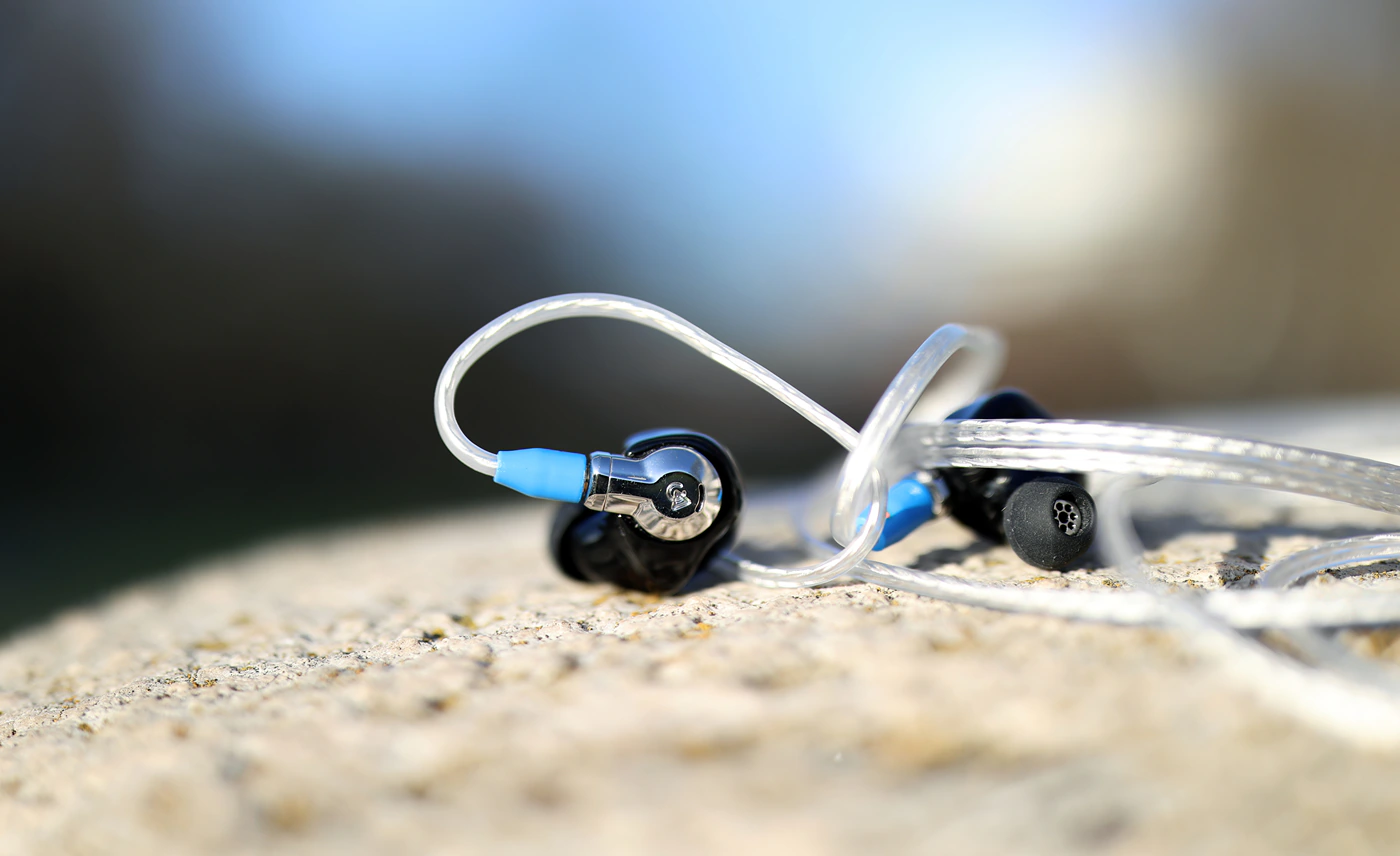
Introduction
Campfire is a colorful company from the USA, and when I say colorful, I am referring to the package of the IEMS, as in the sea of black and white, stealthy looking products I am reviewing on a daily basis, Campfire always brings something fun to the table. From origami folded paper for their cases, all the way to some of the most brilliant transport cases, if you have style, they got you covered. Campfire products are generally widely available from Amazon and a few other specialist shops, but they also have an online shop which is worth checking out. As an Amazon Influencer, I earn from qualifying purchases, and using the purchase links in my reviews helps me maintain this website and Youtube Channel. Campfire has provided the sample for this review, in exchange for my honest opinion.
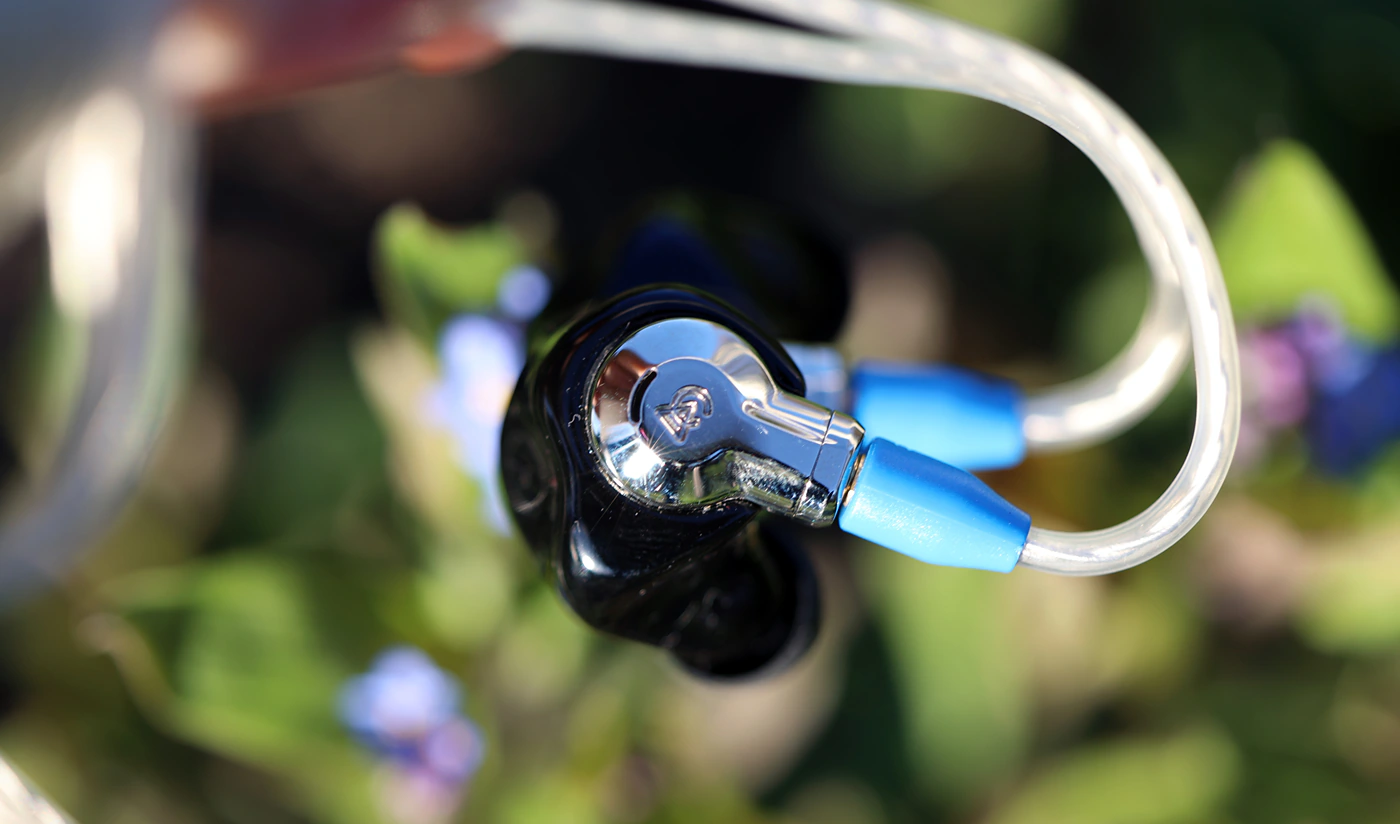
PROs – Warm and Bassy sound that gives music a lot of impact, Wide and holographic soundstage with a strong instrument separation, softly rolled off treble to take off the edge and fatiguing elements from music, Excellent build quality and comfort, with a nice looking cable, colorful transport case, excellent support from Campfire with stellar reliability for their products.
Cons – Very dense presentation makes all music heavy. Dark and bass-heavy, the lush and low-reaching tuning won’t be for everyone or every music style.
Product Link
You can grab one here – https://amzn.to/3UE7een
Build Quality/Aesthetics/Fit/Comfort
If you haven’t yet read my full written review exploring the Bonneville, now is a good moment to do so, as Bonneville is very similar to the Cascara in the build quality, with the biggest difference being the inclusion of extra balanced armatures in the Bonneville. The package of the Cascara is thus the same as with the Bonneville, and the comfort is similar. We have the 3D printed housing made of resin, along the stainless steel faceplate, and the 10 mm dynamic driver at the heart.
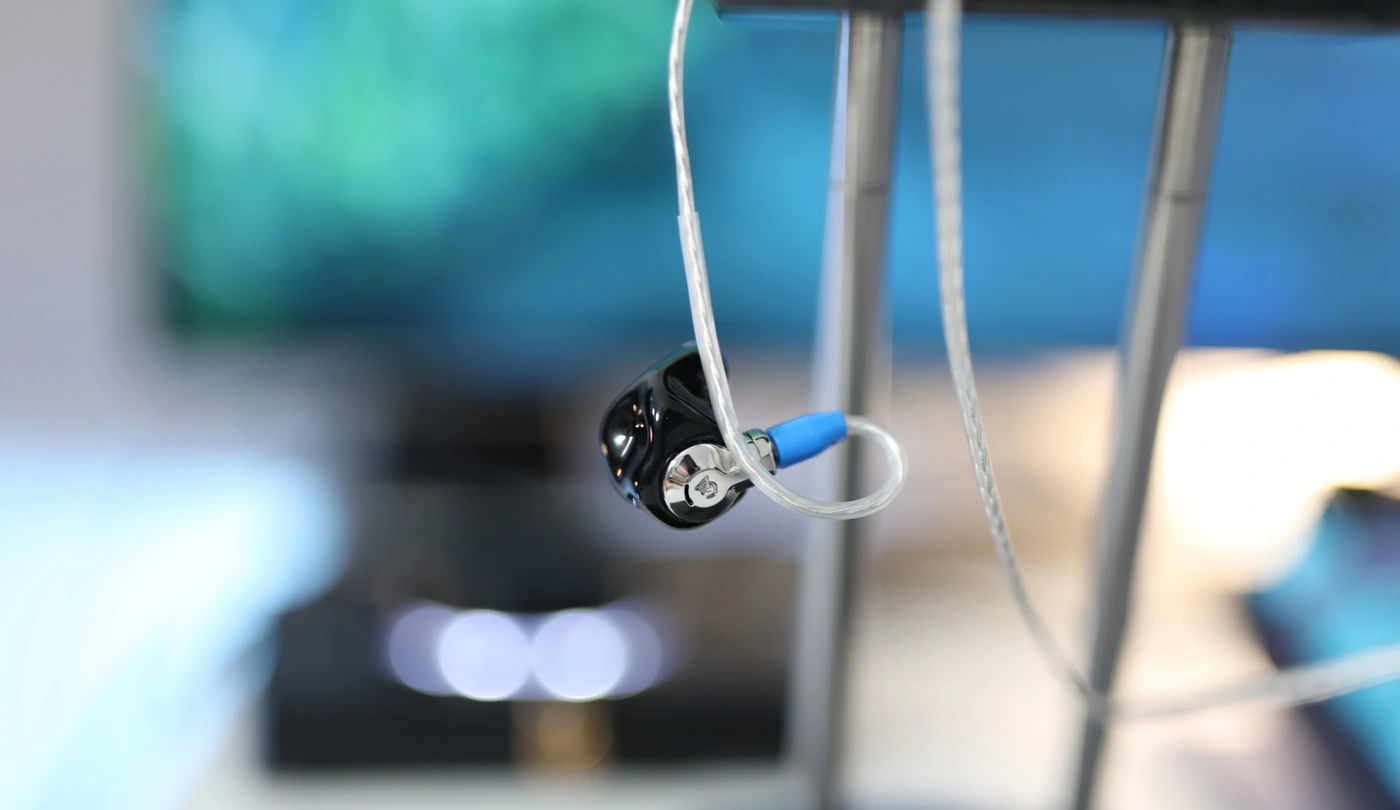
The Patented Solid Body design basically puts the driver right at the heart of the IEM, creating an engine block which routes the sound in a precise and deliberate way, having a special acoustic design and geometry to tune the driver, and make use of its highlights and dampen the shortcomings. Compared to most high-end IEMs, Cascara should have a better structural integrity, as the drivers are fixed in place and there’s very little chance of the IEM breaking during usage, storage or transport.

The Dual Magnets at the heart are designed for a fast transient response and precise movement of the diaphragm. This should result in a deep, emotionally contoured and strong signature. The Dual Magnet Dynamic Driver is basically a single dynamic driver that uses two magnets, acting as a full-range transducer. I would say that the word bombastic, as per Campfire’s own description of the Cascara sums up the signature and sound quite adequately.

The comfort is great with the Cascara, they fit well inside of my ears, and despite the IEM body being on the large side, the design is ergonomic and the resin doesn’t hinder my comfort in any way. The weight is on the heavier side, but it all works okay, as the cable offers strong support, and the MMCX connectors are standard, allowing for pairing with any aftermarket cables you may desire. You will also get a strong passive noise isolation, combined with an easy to drive design, so Cascara is theoretically a portability dream. The only drawback to all of this is the SPL which is theoretically low at 94 dB, and the impedance which is also very low at 23 OHMs, the combo resulting in me having to increase the volume quite a bit when driving the Cascara, and the IEMs being sensitive to source noise, so I always am on the edge of having a bit of background noise with sources, unless I am using a high-end source.
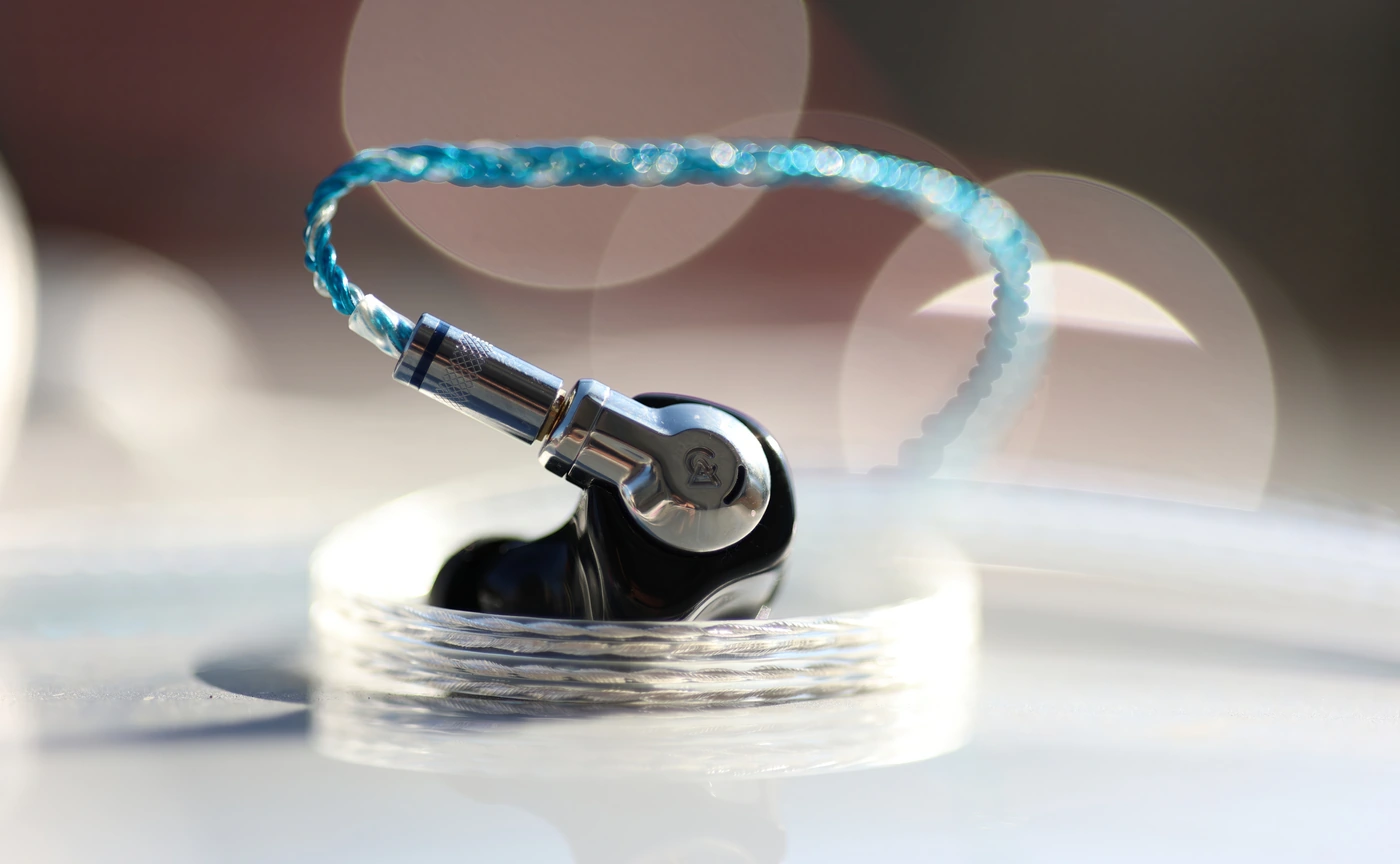
Speaking of the sources, I have paired Cascara with a selection of my favorite sources across all price points, including Aune Yuki, Dethonray Listening M1, iBasso DX260, IKKO ITX05, FiiO Q15, Shanling UA4, FiiO K11, and HIFIMAN EF600. Cascara is generally easy to drive, but as it scales a lot with the source, and needs a source with low background noise, I would recommend something at least midrange for it. This being said, the tuning is very dense and heavy, so a source that is bright and brilliant and which doesn’t further emphasize the bass would be best, Aune Yuki and DX 260 being my top choices for driving the Cascara.
Sound Quality
Overall Signature – Campfire could go with a single word to describe the sound of the Cascara and that is Bombastic. This is simply how they sound like, the bass is insane in amounts, power, presence and depth, while everything else takes a second step, yet the tuning has clarity, precision, resolution and detail all plenty, with the main highlight on the bass. This includes all parts of the bass, sub, mid and upper bass, it simply is huge, deep and will leave your mouth hanging open wide the first time you’re hearing the Cascara. I noticed that while the Bonneville has not changed a lot with burn-in, Cascara sounds quite different after around 15 hours of playing music loudly, I would suggest giving them a little time to open up, at first they sounded quite warm and thick, but it feels like after a few hours of playing the technical aspects of sound began shining through. The presentation works beautifully for EDM, Rock, Pop, Electronic and especially RAP and Dubstep music. Music you’d generally consider urban styles and heavy styles sound excellent, and this extends to trance, including trancecore and speedy styles, as the bass has speed and technical resolution too, so it can keep up even with technical death metal.
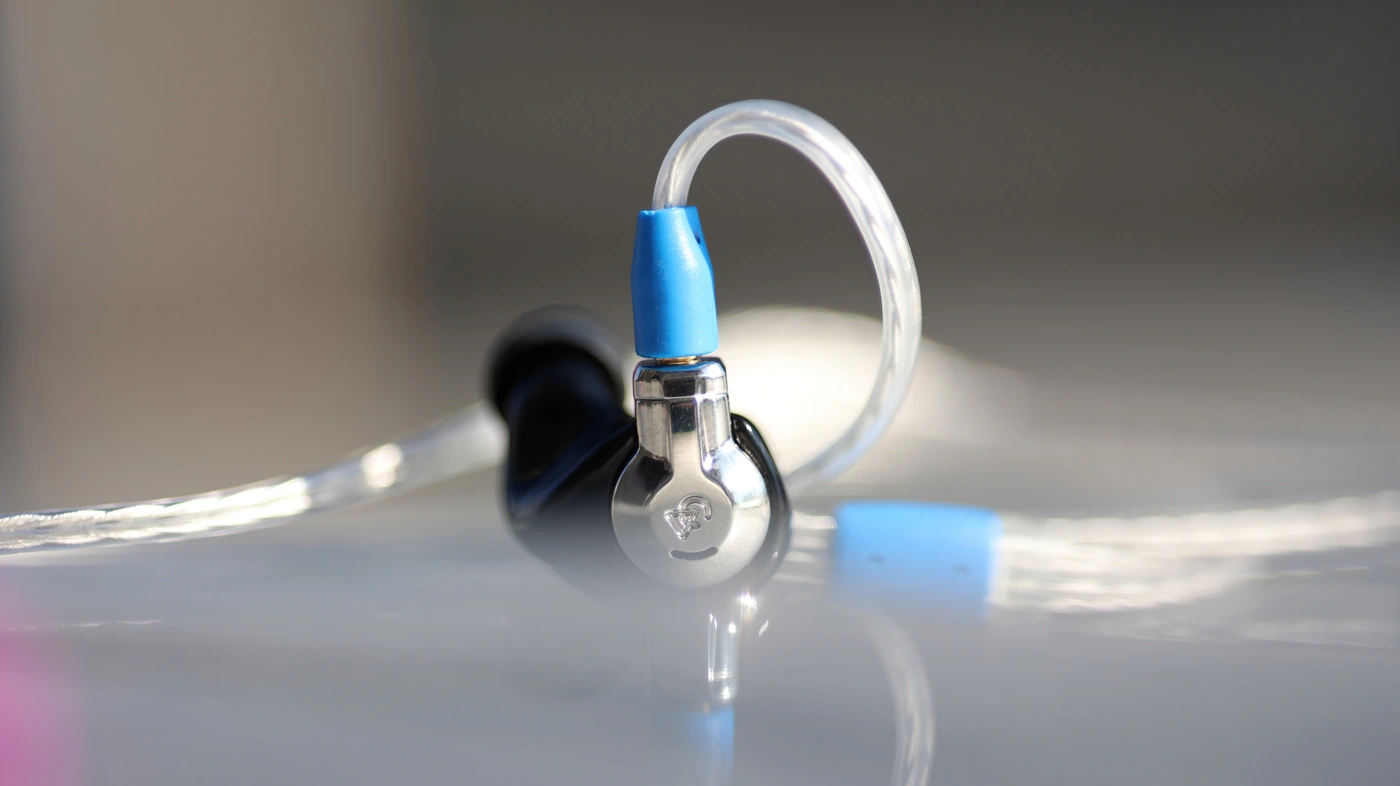
Bass – With the bottom end being the central element of the sound, you can likely guess this is a basshead’s dream IEM, the bass can be as much as 20 dB in front of the midrange and the bass, but the slope with which it decreases allows the whole sound to be rather natural and clean, without forcing the sound to lose the technical edge, and the bass is natural in speed, volutopus, with a lot of sub bass, mid bass and upper bass too. The strongest parts are the sub and the mid bass, with the upper bass already starting to ease out and smooth in amount, so that it doesn’t add too much coloration to the midrange. Eventually, this results in a pretty warm and bombastic signature, with a bit of bloom and boom effect, but the midrange is mostly natural and clean, with a natural musical note decay.
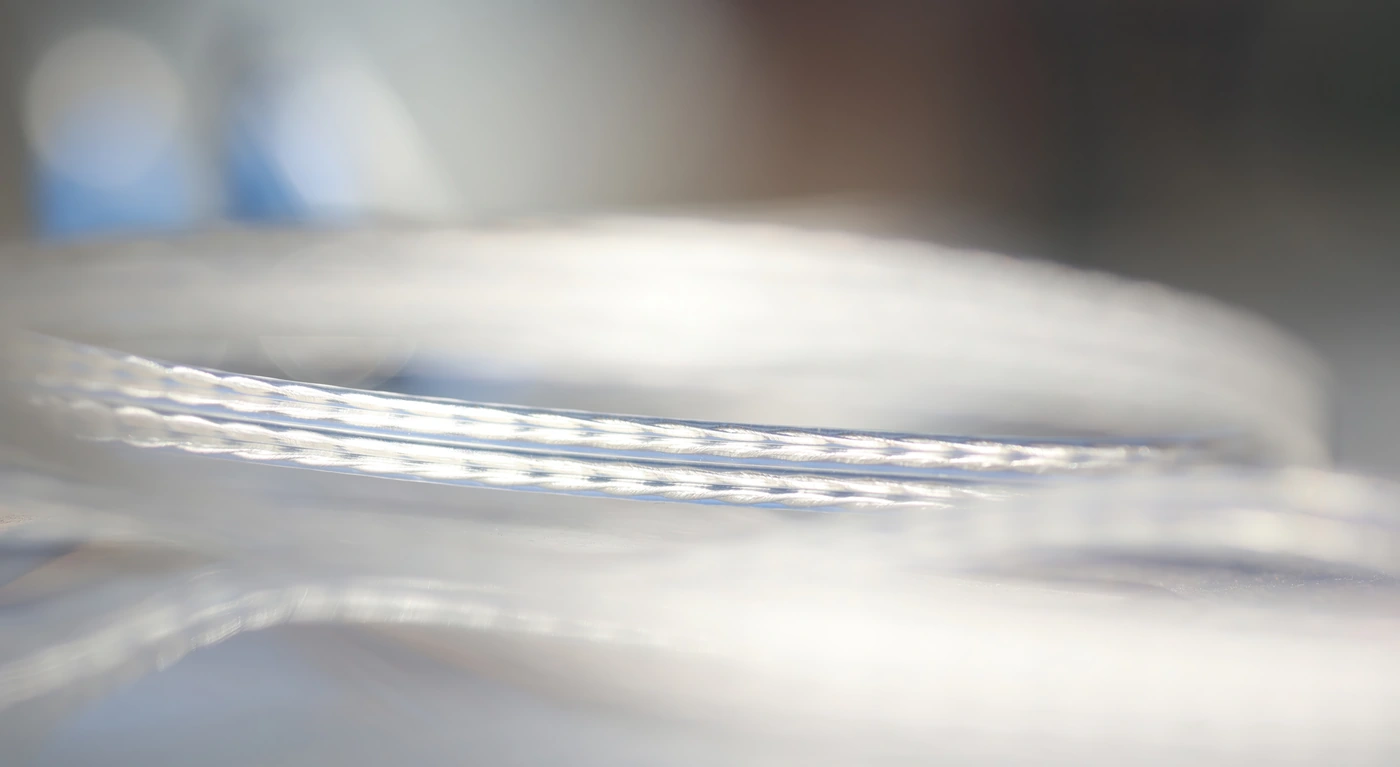
Midrange – We have a fast, precise and natural sounding midrange, which is colored in warmer tones from the bass bloom and boom, but which stays precise, fast and presents male voices with strength, presence and heavy. The midrange seems to dip slightly right in the middle, allowing for lead guitars and female voices to also bear emotion and presence, without having any veil or cuppy sound you’d expect from a midrange dominated by a leading bass. Guitars are generally forward if the song is rock, while male voices become the lead element in most other songs, and right after comes the bass guitar or the bass keys. This is because while the bass is incredibly loud, the way Cascara presents music allows it to fill the entire sonic scape, and dominate it, instead of presenting it as the most forward element.
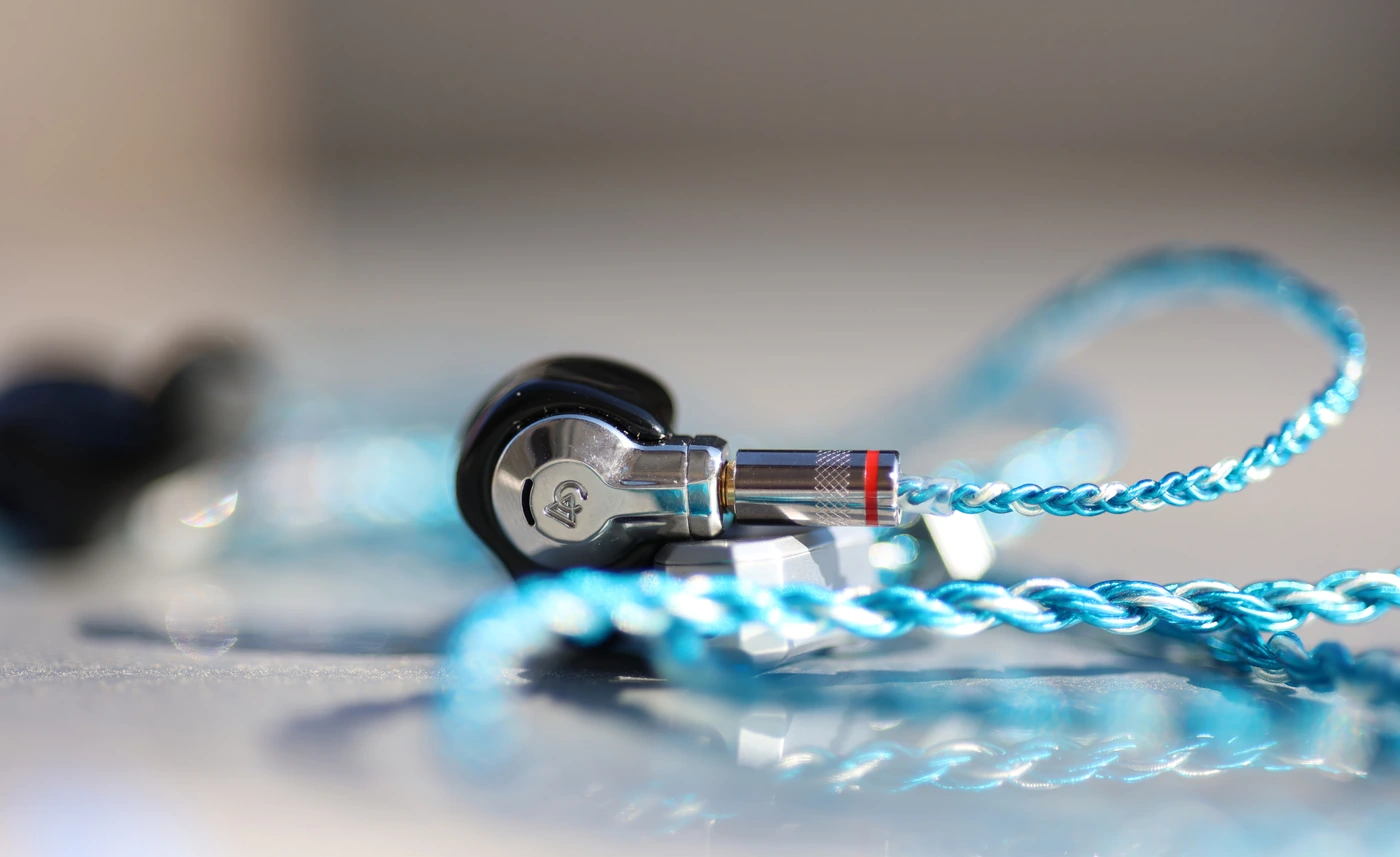
Dynamics / PRaT / Textures – Cascara has a fairly natural texture, and a really dynamic sound despite their heavy and bassy sound. This is because while the inside of the IEM can help add gain to the bass response, and while the driver has a lot of strength in the lows, Cascara has a speedy impulse response, quick decay and it keeps the textures of music strong and punchy. This is most noticeable with rock and metal, where Cascara and present the grit and micro details of a real guitar, or with electronic music where synths, especially square and saw waves have an especially spikey response. This means that while Cascara is a heavy sounding IEM, it will never be bland or boring, and have a high dynamic range, perfect for classical, jazz and acoustic music as well, as long as you fancy a bombastic presentation.
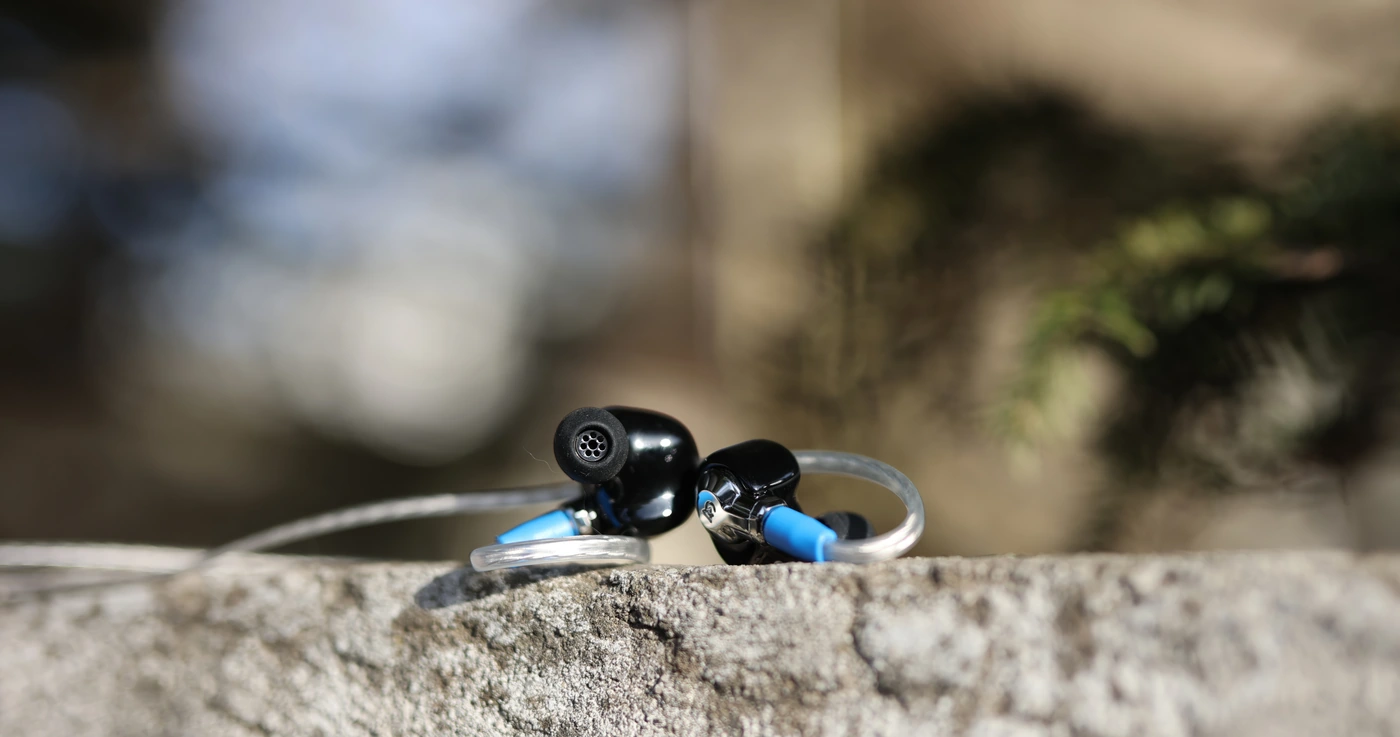
Soundstage – Since Campfire has embedded the driver in a special acoustic chamber, they managed to give Cascara a huge, deep soundstage, with large space between instruments, so you can easily pick an instrument from a composition, discern where every sound is coming from, and with a strong separation between instruments, you can easily tell apart the lead voices from the lead guitars even in compressed, radio edited versions of rock songs. The best part here is that Cascara tends to have this presentation that easily resembles a good open-back headphone, allowing music to extend in depth and width quite nicely, so I can enjoy both some rap and some rock alongside orchestral and EDM music.
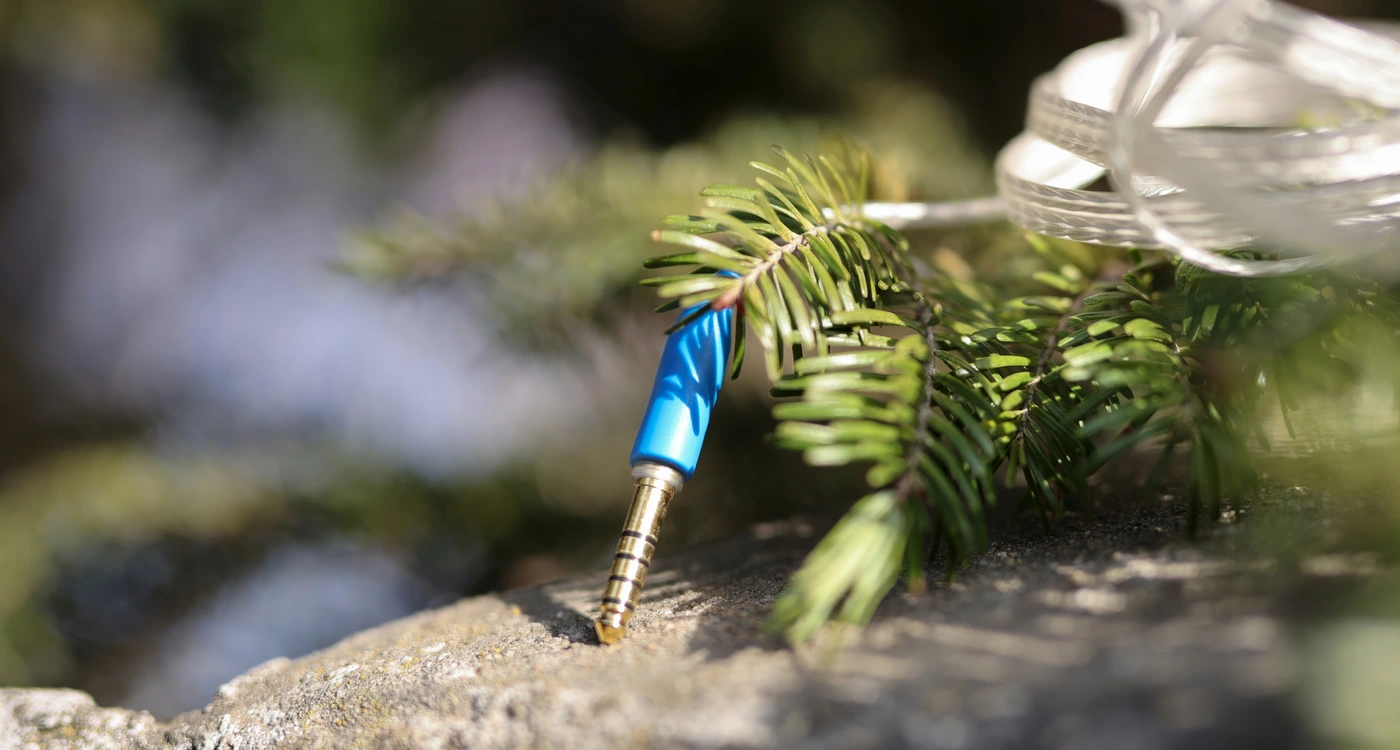
Volume Control – The volume control part of a review represents how well an earphone, or source handles different volumes, and Cascara handles all volumes with zero distortion, and keeps a similar response at those volumes, but their signature being so bombastic will sound quite different at lower volumes, where the sound will be boomy, warm and thick with very low level of fatiguing elements or harshness, and sound relaxed / laid back, while at high volumes Cascara will sound impactful, raw, direct, forward and will not forgive the more abrasive elements of sound. This is not a problem with the sound or how well it can handle volume, but rather a characteristic of this tuning.
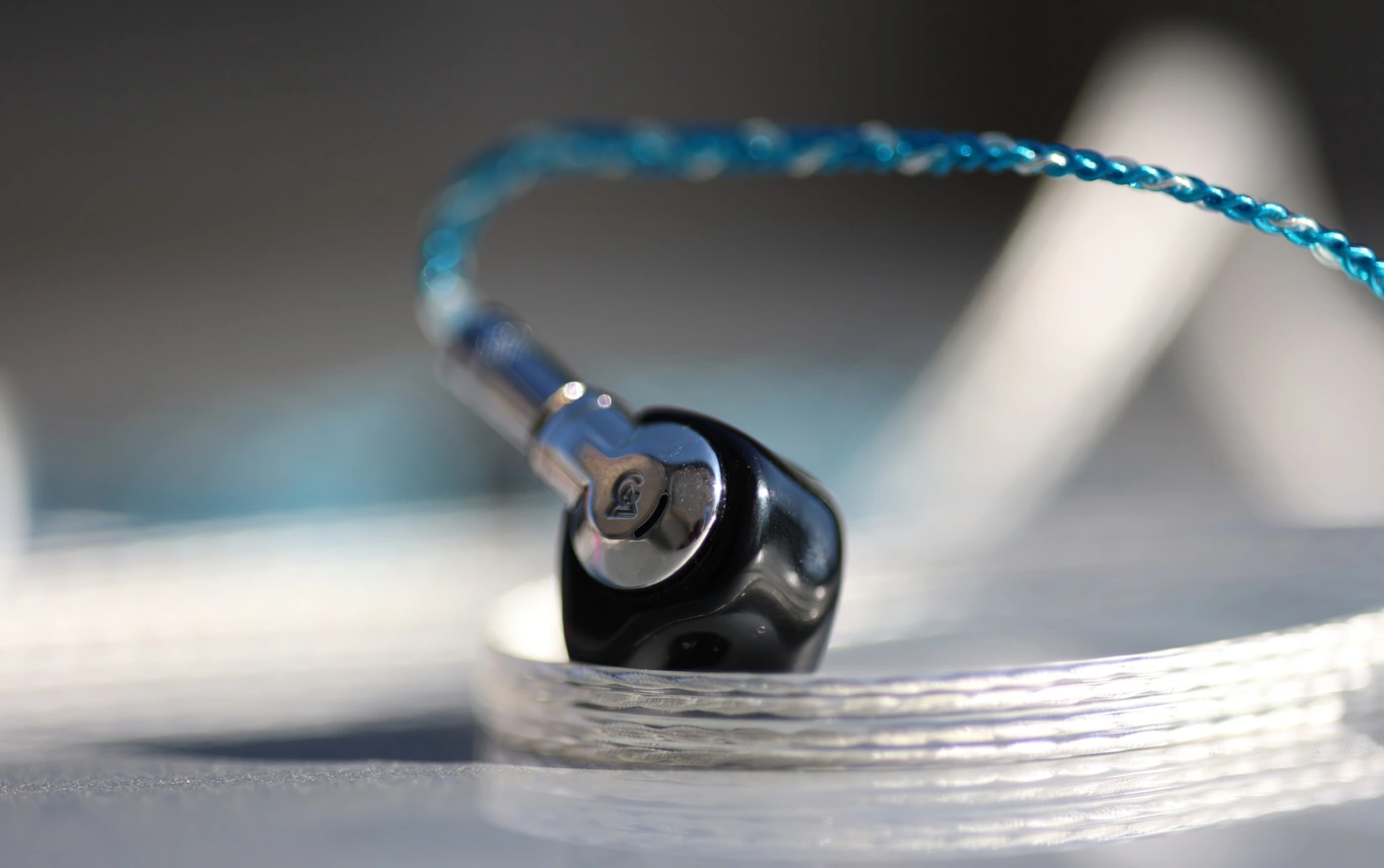
Treble – Despite the overall review going in the direction of calling the Cascara heavy sounding, bassy and thick, the treble extends nicely up to 16-18 kHz, and while the treble is quieter than the bass and the midrange, it is very much present and adds detail, resolution and punch to the whole sound. The treble has the same characteristic fast impulse response, which makes it grungy and precise, but quiet enough compared to the rest of the sound to not be very instruse. The louder you go, the more treble there is in the sound relative to the midrange and the bass.
Comparisons
Campfire Cascara vs Jomo Audio P3 Percussion (499 USD vs 425 USD)
Build – P3 has a similar shape compared to Cascara, and both have excellent comfort, and a strong passive noise isolation. P3 comes with a leather transport case which offers it a bit more protection, but for a slightly higher price, you can order Cascara with a special transport case that protects it too. The cable quality is slightly higher on the Cascara, which offers more support, but both IEMs are great for daily usage. P3 Percussion is slightly less sensitive to source quality so it scales a bit less and reaches maximum potential a bit easier, but they are equally sensitive to source background noise.
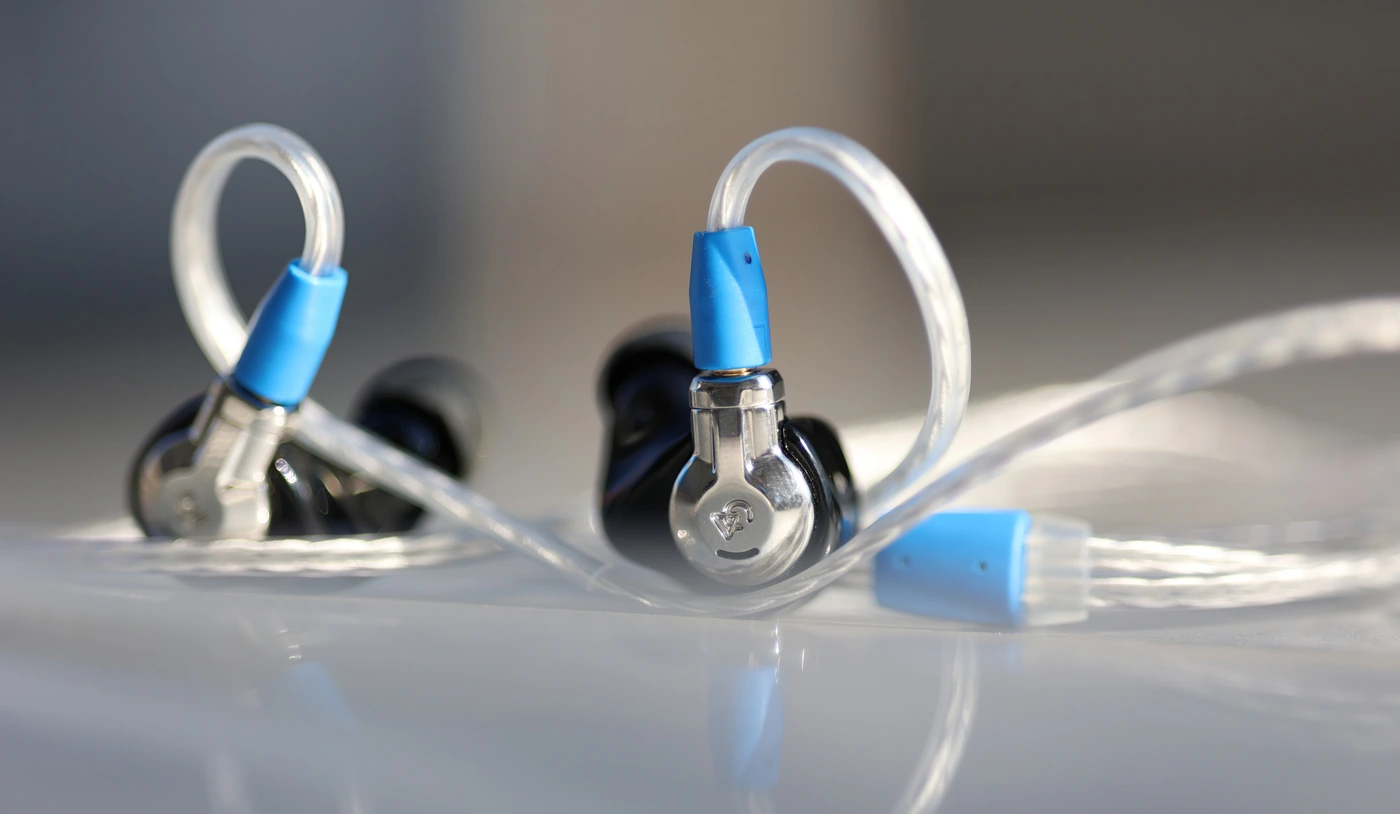
Sound – Sonically, both IEMs come with a strong bass, warm midrange, and with a good treble extension, but P3 Percussion really brings forward the drums, giving them a quicker speed, and creating the feeling that the instrument separation is stronger. By contrast, Cascara has a slower, more rounded sound, with a heavier bass, deeper bass, more treble air, and they bring more dynamics to music, while P3 Percussion gives music a flatter presentation which shows the details in the background a bit more, at the cost of flattening the soundstage, which is deeper on the Cascara, although they are comparable in width. As P3 Percussion is literally made for drums and for monitoring drums, I would recommend them more for those who want to listen to drum-heavy music or who work in the audio industry, while Cascara is more of a listening audiophile IEM for bassheads.
Campfire Cascara vs Westone Mach 40 (499 USD vs 600 USD)
Build – You will more easily get a good comfort with Cascara, which fits just fine with most ears, while Westone Mach 40 is the kind of IEM that has a super deep fitting, and which won’t enter most ears quite as easily. The best part here is that Cascara has a high quality cable which is sturdy, while Mach 40 has a stealthy cable which can easily disappear, allowing you to make a choice on whether you want a shiny and superb cable like Cascara has, or something easy to hide and tuck away. Mach 40 has a higher passive noise isolation if you get a good fit, while Cascara doesn’t isolate quite as much, but still the passive noise isolation is very strong. Both IEMs are sensitive to the source and scale well with the source, but Mach 40 is a bit more sensitive to source noise.

Sound – Sonically, Cascara has more bass, a deeper bass, and a more natural speed of the driver, with a slower, fuller bass decay, resulting in a far more natural sound, while Mach 40 has speedy Balanced Armature drivers which create a snappy, but short bass response. Both IEMs have a clear voicing, but Cascara has a wider and a deeper soundstage, with more instrument separation, while Mach 40 creates a more natural tuning and tonality for the voice. The treble is smooth and softly rolled off for both IEMs, but Cascara has extension up to 20 kHz, despite the loudness rolloff, while Mach 40 has a stronger roll off effect, and lower treble extension. As it has a mid centric sound, Mach 40 can reveal some micro details and textures better, but that makes it more fatiguing, as those textures are very sharp, so for a more relaxed sound that can be enjoyed for longer, Cascara is a bit better. For a more mid centric sound, go with Mach 40, for a bassier and more dynamic, fuller sound and with a better treble extension, go with Cascara.
Campfire Cascara vs HIDIZS MS5 (499 USD vs 399 USD)
Build – Cascara wins in terms of comfort, when it comes to the IEM shell, as the shell is more ergonomic, a bit lighter, and the cable also offers more support for the IEMs, while the thicker, sturdier cables of the MS5 feel as if they were made for ultimate comfort but fail in delivering it, rather delivering impressive visuals and a weightier design. We also have a good passive noise isolation from Cascara, while MS5 offers less isolation and feels more open. Both are rather easy to drive, but MS5 doesn’t scale as much with the source, nor is it as sensitive to source noise as Cascara.
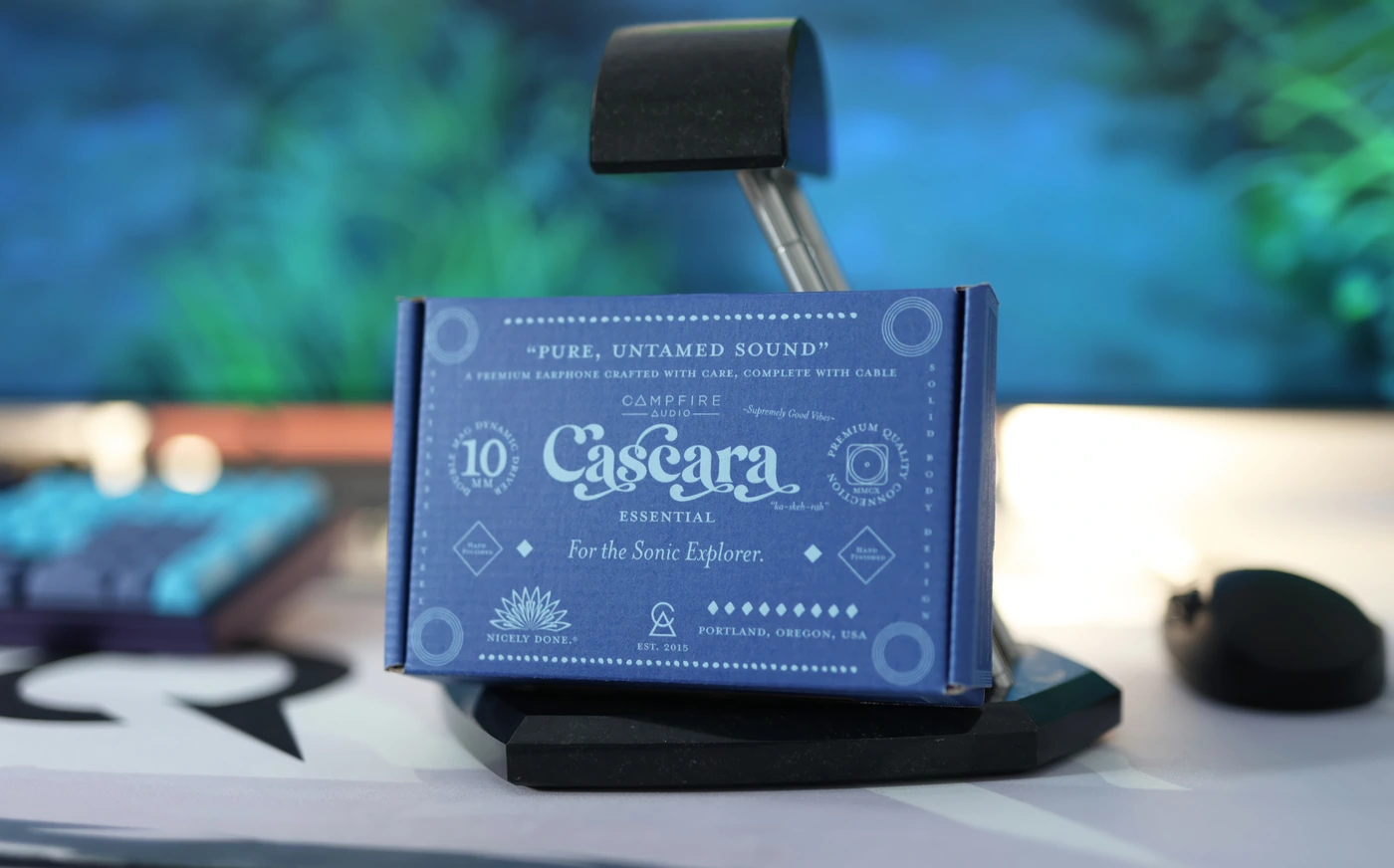
Sound – You will find a happy sonic tuning with both, as both have a warm bass, lots of impact, and a clean, contrasty midrange, but the treble of MS5 is rather sharp, well defined and brilliant in the air and amount of sparkle it has, while the treble of Cascara is smooth, more rolled off, and although present, it is kept lower in quantity compared to the bass and the midrange. Both IEMs have a good detail revealing ability, but Cascara will show more information from each song, has a higher dynamic range, and more instrument separation, plus there is more contrast between the voices and background instruments with Cascara.
Campfire Cascara vs ThieAudio Hype 4 (499 USD vs 399 USD)
Build – While both IEMs have the body made of resin and come with detachable cables, the shape of Cascara is a bit more ergonomic, and they disappear in my ears while I’m wearing them, while Hype 4 is more noticeable, being just slightly less comfortable, the cable is a bit tighter, and the IEMS are more rigid stuck in my ears, resulting in a less comfortable fitting. The passive noise isolation is about equal, and both IEMs are easy to drive, but Cascara can scale a bit more with dynamic sounding sources, while Hype 4 will scale with the clarity and resolution of a source.
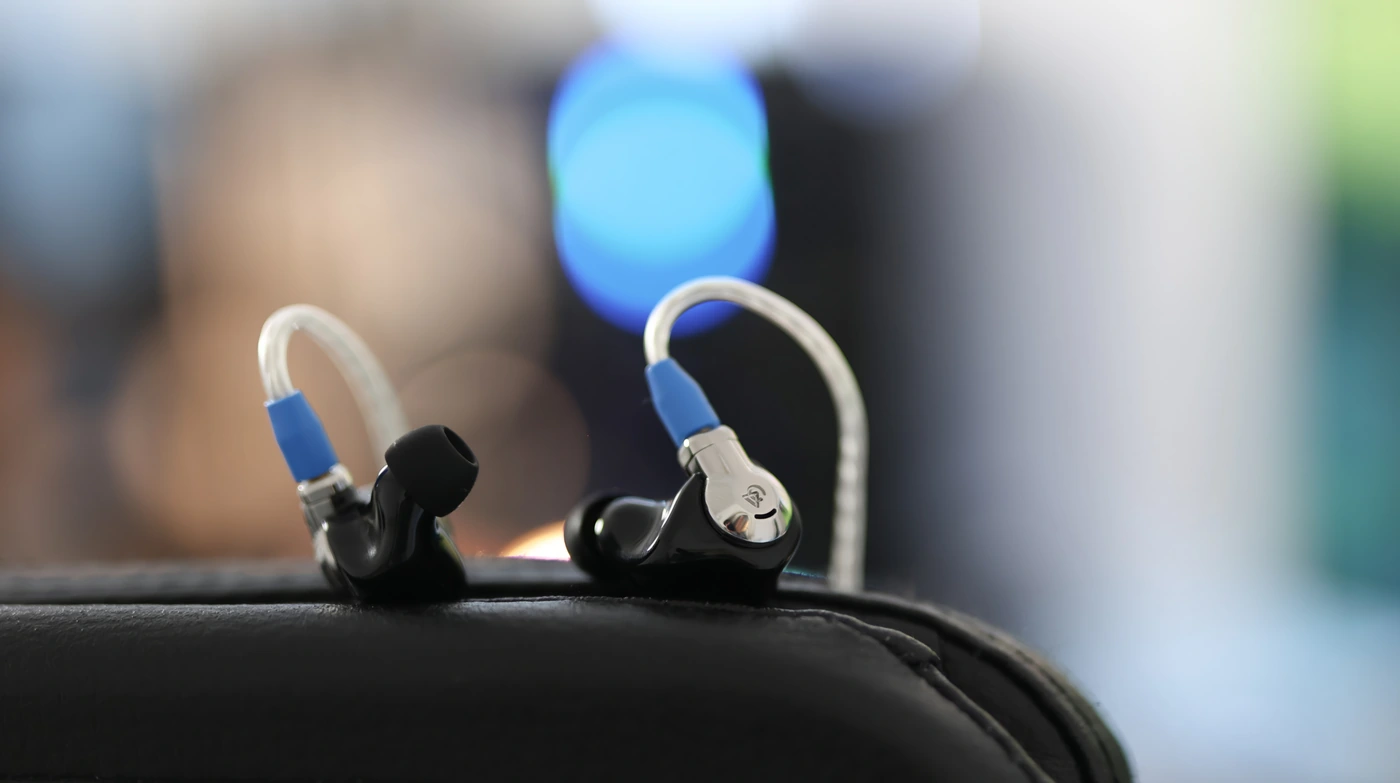
Sound – Cascara has a much heavier bass, and recessed midrange compared to Hype 4 which has a very forward midrange, and lots of presence for the voices, as well as lead instruments which typically take the first place in each song. By contrast, Cascara shows the bass guitars and heavy sounding instruments in the foreground, allowing the vocals to take a 2nd place, and putting the cymbals and synths far in the background, creating far more feeling of depth and space, while Hype 4 sounds very compact and shallow, although wide in the lateral extension. Hype 4 can reveal details and micro information a bit better, but Cascara shows more dynamics and a much deeper bass, creating a more realistic presentation, without forcing so much texture to be put under a flashlight as Hype 4.
Value and Conclusion
While Cascara is not quite as universal as Bonneville, it still bears excellent value and is a fully recommended IEM today in our review, being rather great for bassheads, those who want a deep and heavy sound, and for those who love a wide and holographic soundstage. While not perfect, it gets almost everything right from the first try, plus you can’t really beat the coherence and cohesiveness of the dual dynamic driver inside.
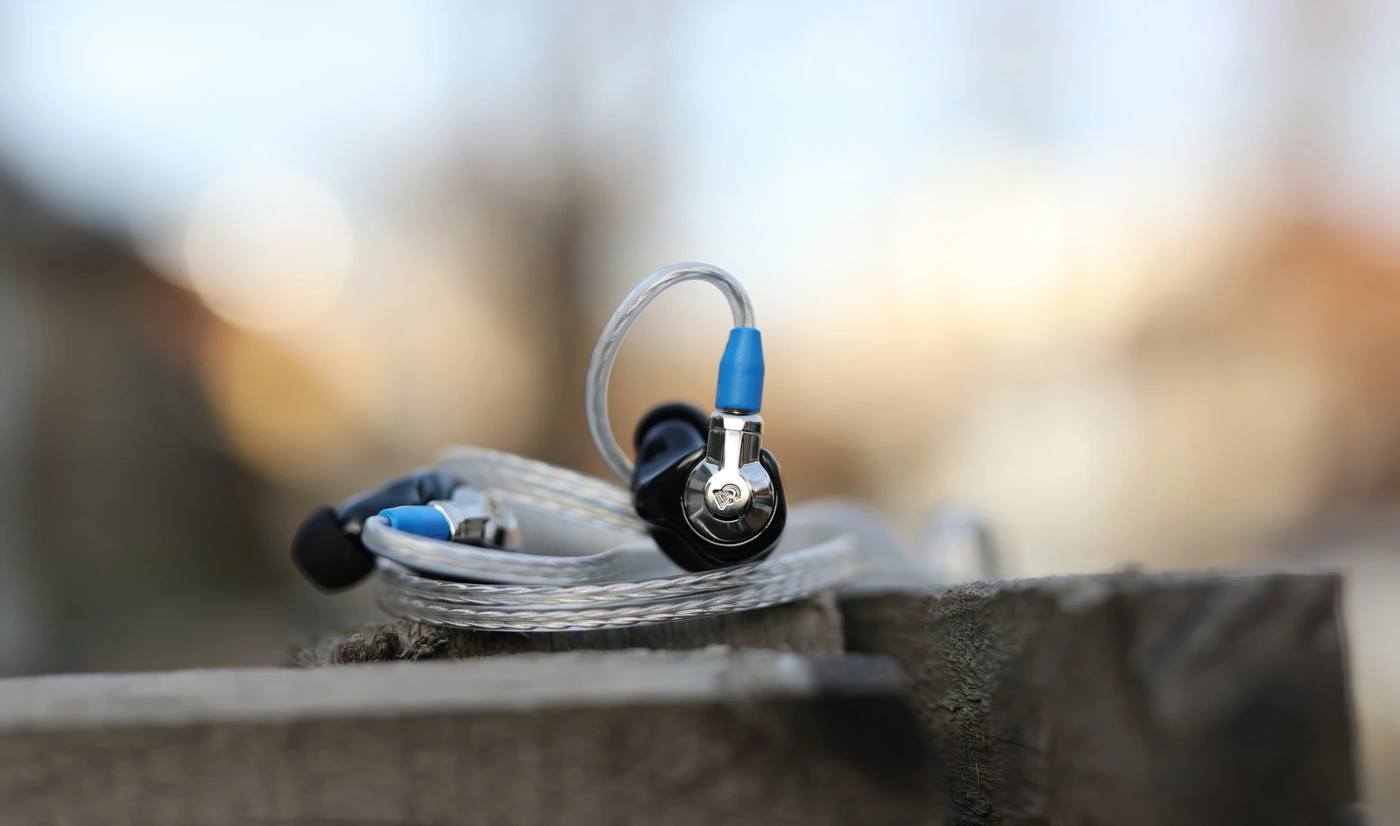
At the end of the day, if you’re a basshead, there are hardly any IEMs that come even close to the Cascara when it comes to the detail, resolution, weight and impact of the sound, and this one’s downright a perfectly fitting, bassy sounding earphone that I would recommend for any bottom-end sound enthusiast.
Product Link
You can grab one here – https://amzn.to/3UE7een
Technical Specifications
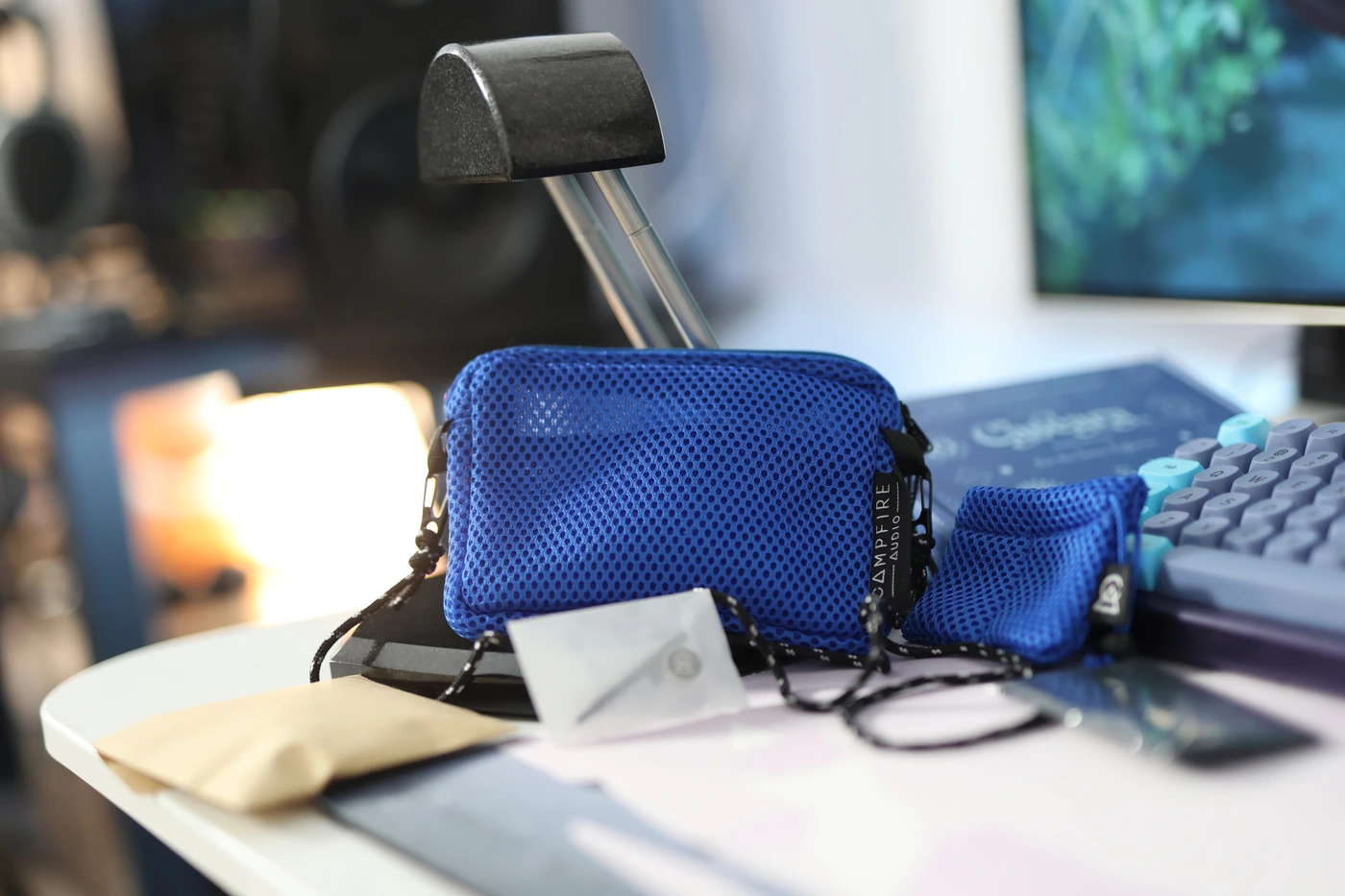
Frequency Response: 5Hz–20 kHz
SPL: 94 dB @ 1 kHz: 16.6 Vrms
Impedance: 23 Ohms @ 1 kHz
Less than 1% Total Harmonic Distortion
--- Please remember to stay safe, and always have fun while listening to music!---
- If you have a dime to spare, please donate, and help us! It would make the day brighter for me and my wife-
Full Playlist used for this review
We listened to more songs than those named in this playlist, but those are excellent for identifying a sonic signature. I recommend trying most of the songs from this playlist, especially if you’re searching for new music! The playlists are different for Spotify, Tidal and Youtube, and based on the songs I enjoy and are available on each!
https://www.youtube.com/playlist?list=PL_cjBXGmwSHSdGcwuc_bKbBDGHL4QvYBu
https://open.spotify.com/playlist/5J3oloz8Riy9LxEGenOjQ0?si=979ba4f082414be7
https://tidal.com/browse/playlist/330fd544-8e5b-4839-bd35-676b2edbb3d5
--- Contact Us ---





